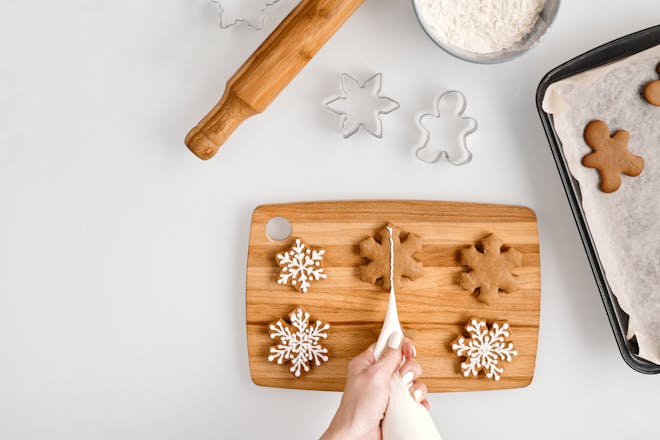Reverse Sear Prime Rib: Master the Cooking Time
When it comes to preparing prime rib, the reverse sear method is a technique that has been embraced by chefs and home cooks alike for its ability to produce a perfectly cooked, juicy roast. This method involves slow-cooking the prime rib at a low temperature and then searing it at the end to create that desirable crust. Understanding the cooking time for reverse sear prime rib is crucial to executing this method flawlessly.
What is Reverse Sear?
The reverse sear method turns traditional cooking on its head. Instead of starting with a high-temperature sear and then roasting at a lower temperature, the reverse sear starts with slow roasting. This low and slow approach gently brings the meat to the desired internal temperature, ensuring an even cook throughout. A high-temperature sear is then applied to finish the meat, creating a beautifully browned and flavorful crust.
Preparing Your Prime Rib for Reverse Searing
Before we dive into the specifics of cooking time, it’s important to prepare your prime rib properly for reverse searing:
- Take the prime rib out of the refrigerator at least an hour before cooking to allow it to come to room temperature. This ensures even cooking.
- Preheat your oven to a low temperature, around 200-275°F (93-135°C), depending on your preference for cooking time and doneness.
- Season the prime rib generously with salt and pepper or your choice of spices and herbs.
Determining the Cooking Time for Reverse Sear Prime Rib
The cooking time for reverse sear prime rib can vary depending on the size of the roast and the desired level of doneness. A general guideline is to roast the prime rib for about 30-40 minutes per pound at 200°F (93°C) until it reaches an internal temperature that is 10-15 degrees below your target doneness:
- Rare: 120-125°F (49-52°C) final internal temperature, remove at 110-115°F (43-46°C) for reverse sear
- Medium-Rare: 130-135°F (54-57°C) final internal temperature, remove at 120-125°F (49-52°C) for reverse sear
- Medium: 140-145°F (60-63°C) final internal temperature, remove at 130-135°F (54-57°C) for reverse sear
Use a reliable meat thermometer to check the internal temperature of your prime rib throughout the cooking process.
Searing Your Prime Rib to Perfection
Once your prime rib has reached the desired internal temperature for reverse searing, remove it from the oven and let it rest while you increase the oven temperature to 500°F (260°C) or preheat a skillet on the stovetop over high heat. Sear the prime rib for 1-2 minutes on each side until a dark crust forms. Rest the meat for at least 15 minutes before slicing to allow the juices to redistribute.
Tips for an Impeccable Reverse Sear
Here are additional tips to ensure your reverse sear prime rib is a show-stopping centerpiece:
- Monitor the Temperature: Keep a close eye on the internal temperature of the prime rib. Precise temperature control is key to the reverse sear method.
- Let it Rest: Allowing the prime rib to rest both after the initial roasting and after the final sear is vital. This waiting period helps the meat retain moisture, resulting in a juicier roast.
- Choose Quality Meat: Select a high-quality prime rib with good marbling. The fat within the meat will melt during cooking, contributing to the flavor and tenderness.
With these guidelines in mind, you’re ready to embark on the journey of perfecting the reverse sear prime rib. The method may require patience and attention to detail, but the end result is a prime rib that’s cooked to perfection with a succulent interior and a flavorful crust.
